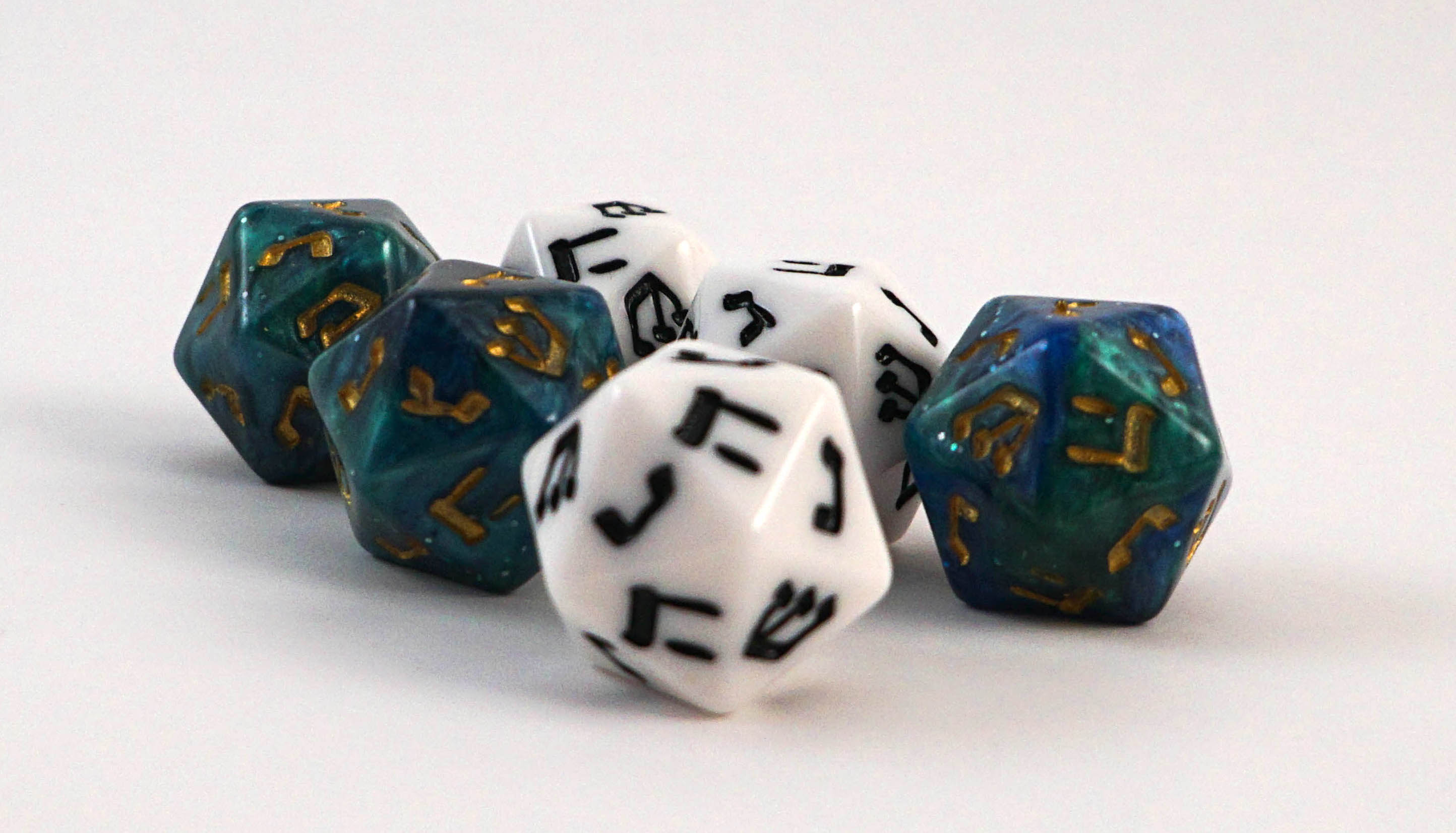Judaism’s material culture is littered with old technologies long abandoned by others.
While the idea of the twenty-sided dreidel is my own invention—in fact, I’m in the process of patenting the design—it’s also not an accident that the dreidel can so effectively be reincarnated as a die. My main field of research is the relationship between Judaism and the history of technology, and I can tell you that Judaism’s material culture is littered with old technologies long abandoned by others; consider the Torah scroll, or the shofar, or the Purim grogger. These technologies were usually not invented by Jews; they became Jewish because everyone else moved on. While the definitive history of the dreidel has not yet been written, we know that Jews didn’t invent it; they simply adapted it from the German “teetotum,” which has existed since the 18th century, and which is just one of many similar devices used in cultures the world over.

The teetotum fell out of favor because, ultimately, it was just a gambling tool, and gambling technology has improved by leaps and bounds. Tops, frankly, are just harder to use than dice; little kids have a hard time spinning them and gameplay is slowed significantly by the need to wait for the darn things to stop spinning (imagine trying to play Monopoly or Settlers of Catan with two six-sided dreidels). In this sense, the twenty-sided dreidel just catches Jewish culture up to everyone else. Just as electric menorahs today sit alongside those illuminated with oil and wax, the die dreidel can sit alongside the teetotum dreidel—and this time without any Jewish law saying that one is better than the other.
As for why it’s twenty sides and not just four (i.e., a pyramid)—I’d like to say it’s that Jews have had enough with pyramids, but the truth is it’s just because it looks cooler.
David Zvi Kalman is a Fellow in Residence at Shalom Hartman Institute of North America, where he was also in the inaugural cohort of North American David Hartman Center Fellows. He received his PhD from the University of Pennsylvania, where he writes on Jewish law, the history of technology, and Islamic jurisprudence. He is the owner of Print-O-Craft Press and executive director of Jewish Public Media. David Zvi lives in Philadelphia with his wife and children.






